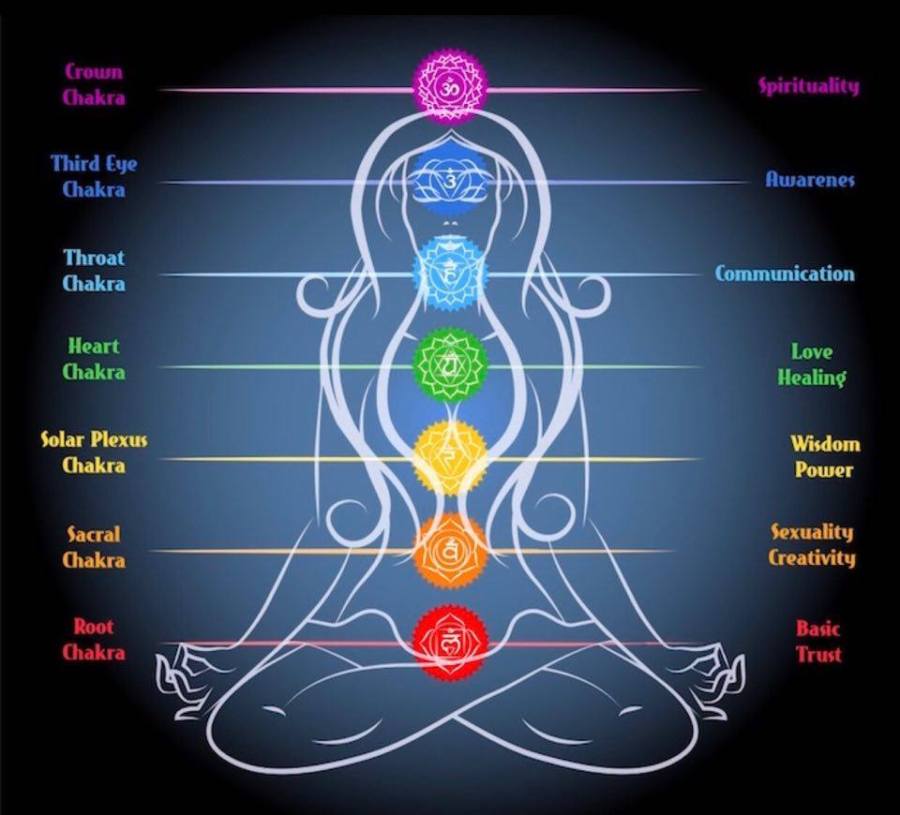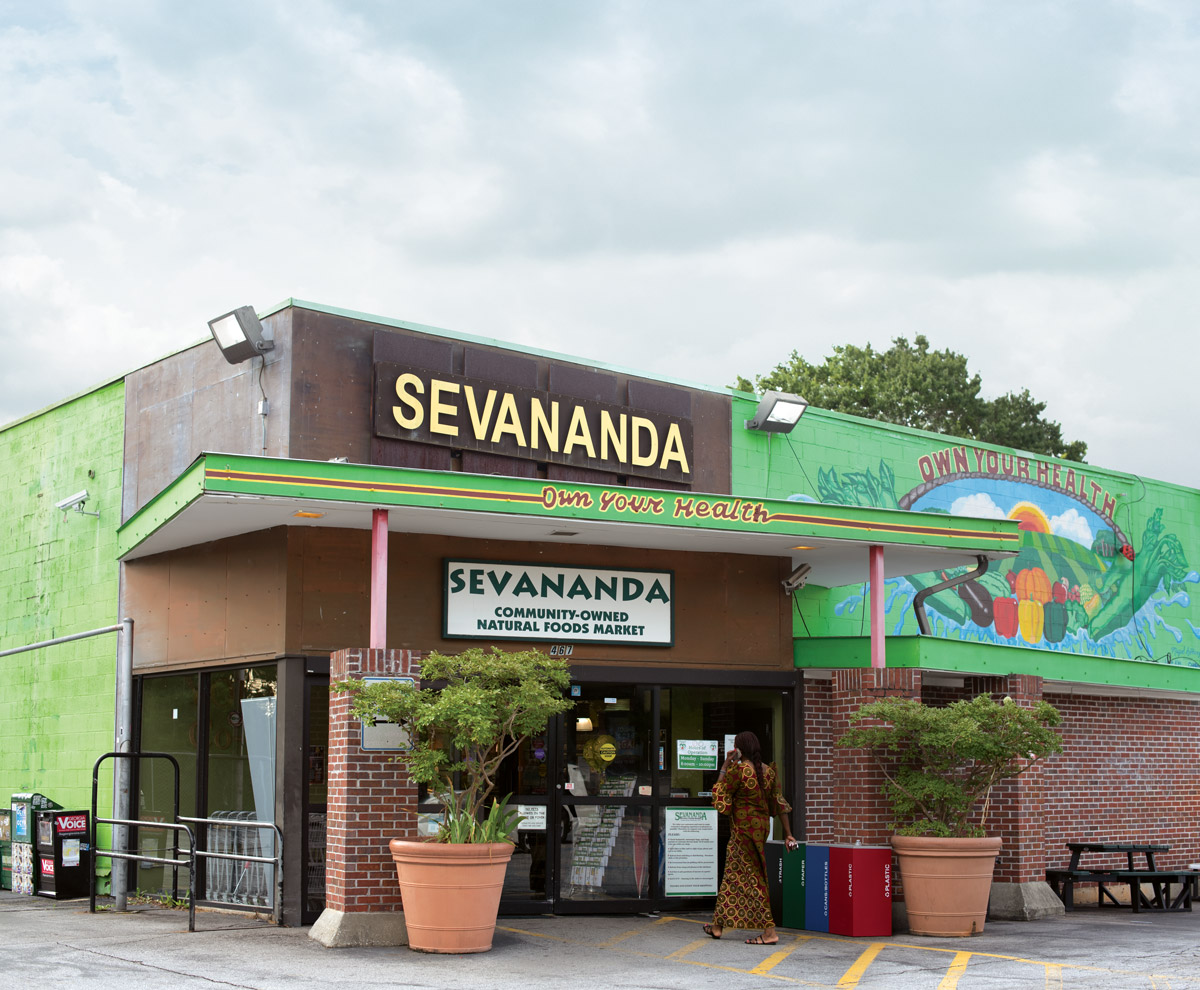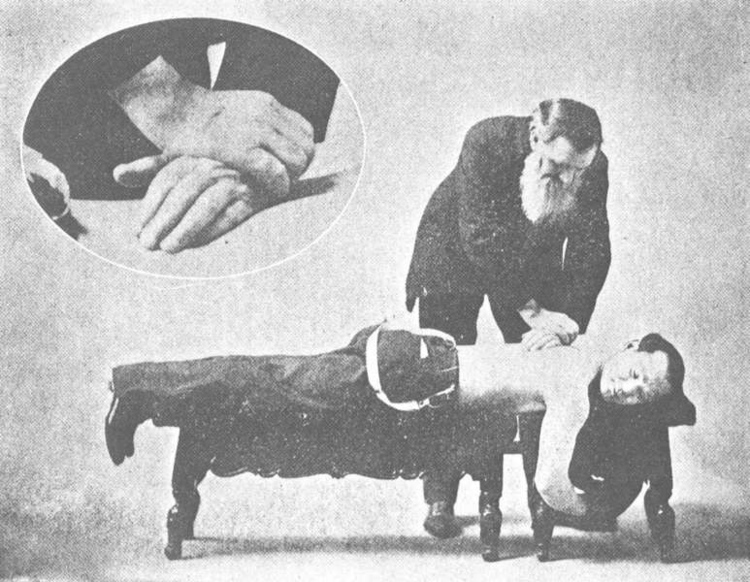 In this week’s readings, we’re finally starting to get into the some of the more interesting topics of modern CAM, specifically those healing modalities that originate in the East. In all of these readings, I want you to keep an eye to a few different dynamics:
In this week’s readings, we’re finally starting to get into the some of the more interesting topics of modern CAM, specifically those healing modalities that originate in the East. In all of these readings, I want you to keep an eye to a few different dynamics:
- What is involved in the practice? What happens in the healing session? Who is the healer, and who is healed? What are the religious background and philosophical understandings that inform the healing modality?
- How does the originating community understand, view, and practice the healing modality (ex: Chinese-American practicing TCM)?
- How do outside communities relate to the healing (white New Agers, etc)
- How has biomedicine reacted to the healing system (Ignored? Supported? Appropriated?)
- What power structures are at play in the consumption of the CAM modality, especially in relation to race, ethnicity, and other forms of minority identity?
In terms of this week’s readings, Multicultural Approaches to Health and Wellness in America gives good background of what is involved in TCM and how it historically developed in the US.
(I’m removing the other reading Nature Cures: The Holistic Health Explosion: Acupuncture (only 257-270) chapter from this week’s assigned reading because Multicultural Approaches does a much more thorough job)
That being said, I really want you to focus on the argument Barnes makes in the chapter “Multiple Meanings of Chinese Healing in the United States”. It will likely make some people uncomfortable and force you to think about the power dynamics of cultural appropriation when it comes to the consumption of CAM in the American spiritual marketplace. There are a lot of reading prompt questions, and it’s important that your group really dive into the argument (and reflect this) in your Discussion Notes #4.
It’s also important that I highlight the definition of cultural appropriation (rather than cultural exchange) that we use in this course.
Maisha Z. Johnson, in her article for “What’s Wrong With Cultural Appropriation? These 9 Answers Reveal It’s Harm” describes cultural appropriation as
“a particular power dynamic in which members of the dominant culture take elements from a culture of people who have been systematically oppressed by that dominant group.
That’s why cultural appropriation is not the same as cultural exchange, when people share mutually with each other – because cultural exchange lacks that systemic power dynamic.
It’s also not the same as assimilation, when marginalized people adopt elements of the dominant culture in order to survive conditions that make life more of a struggle if they don’t.”
GROUP DISCUSSION
Group Discussion #4 is due on Sunday, March 15th and should covered readings from Week 8 and 9.
CHOICE PROJECT
There has been a bit of confusion about the due date for the Choice Project assignment. Because I was late in getting details to you, I moved the first due date to Sunday, March 22nd. I apparently didn’t update all of the documents to reflect the change; my apologies for this confusion.
If you have already submitted your assignment, I will work on commenting on your work and note any gaps I see. You are welcome to adjust your assignment based on the feedback to ensure a higher grade.
If you are still in progress on your progress, I will be working on giving you feedback (via comments on your EduBlog project pages). You should be working on a draft of your assignment and keeping this work up to date in your project page.
The next steps will be finalizing your text and transferring / integrating your information to a platform of choice (assuming that you continue to work on your project over spring break).
GRADES
Over break I plan on catching up on grades. Keep an eye on your iCollege mailbox for an email that includes feedback on your Group Discussion participation and EduBlog reflection journal.
READING PROMPTS:
Nature Cures: The Holistic Health Explosion: Acupuncture (only 257-270)
Multicultural Approaches to Health and Wellness in America, Chun Nok Lam and Soh-Leong Lim, “Traditional Chinese Medicine: A Healing Approach from the Past to the Future” – iCollege
-
- Describe the philosophical principles that are the foundation of TCM.
- How does TCM understand health and wellness? What causes illness?
- Describe the TCM diagnostic process.
- What modalities are included in the TCM healing system?
- What about these approaches to healing mirror the values of CAM healing in the 19th century and 1970’s?
- What are some of the factors that lead to Chinese-Americans to under utilize healthcare in the US?
- What are some of the problems with the biomedical standard of the double-blind clinical trial when it comes to analyzing the effectiveness of acupuncture and herbal medicine?
- What is the current relationship between TCM and the biomedical establishment?
“Multiple Meanings of Chinese Healing in the United States”, Linda L. Barnes, (pg 307-331) – iCollege
-
- What does Barnes mean by a “racialized framework”? What does she mean by the “Eurocentric polarities of race”?
- What qualifies as “religion” in the West? Describe the concept of “a philosophy / way of life, not a religion”. How has this effected the West’s interaction and understanding of Eastern and Chinese religious systems?
- In most cultures (outside of Protestant Chrisitianity in the West), religion, culture and healing are inseparable. How do you see this reflected in Traditional Chinese Medicine (TCM)
- If you plan on visiting an acupuncturists for your “attend a healing” project, do you notice any of the iconography and material culture described on page 213-313?
- What parallels do you see between the white American consumers of TCM and our previous readings on the Holistic Health Movement and New Age religious movements?
- Draw out (visually represent) the continuum of conversion and appropriation described by Barnes.
- What is the connection between “vitalism” in American CAM, New Age “universalism” and American understandings of Eastern philosophical terms such as prana, qi, etc? How does this relate to appropriation of CAM healing?
- What are the parallels between New Age appropriation and colonial exploitation?
- What was the role of the Chinese government in transforming TCM and merging it with the biomedical model?
- What is the dynamic between appropriation and power structures when it comes to TCM? Why is it that it is considered cultural exchange when minority cultures borrow and infuse different healing systems, but cultural appropriation when white (dominate) communities act similarly? Hint: imbalance of power (see page 327 and linked article defining cultural appropriation)


 In this week’s readings, we’re finally starting to get into the some of the more
In this week’s readings, we’re finally starting to get into the some of the more 
 Our readings this week focus on the Holistic Health Movement (and the deeply interwoven “spiritual” values of the New Age Movement, which we’ll tackle more next week). As you read, I’d like you to start making connections to the “new” natural healing modalities and the themes that emerged in the values of Euro-American natural healing modalities (homeopathy, naturopathy, osteopathy, chiropractic): a strong distrust of regular medicine and a desire for “natural” healing (although “natural” continues to be defined in a variety of ways).
Our readings this week focus on the Holistic Health Movement (and the deeply interwoven “spiritual” values of the New Age Movement, which we’ll tackle more next week). As you read, I’d like you to start making connections to the “new” natural healing modalities and the themes that emerged in the values of Euro-American natural healing modalities (homeopathy, naturopathy, osteopathy, chiropractic): a strong distrust of regular medicine and a desire for “natural” healing (although “natural” continues to be defined in a variety of ways). 

